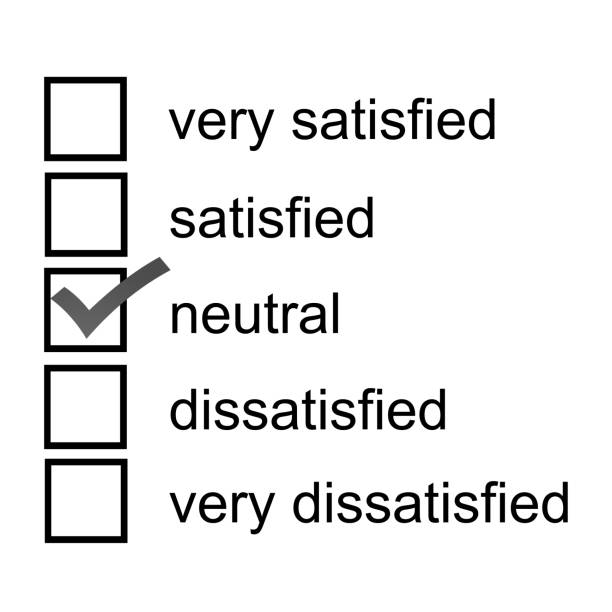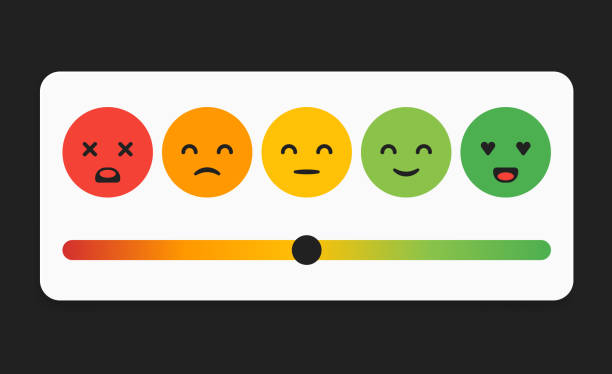Exploring the power of confidence intervals in statistical analysis

Introduction to Confidence Intervals
A cornerstone in the realm of statistics, confidence intervals have forever revolutionized the way researchers, scientists, and statisticians draw inferences from data. The beauty of these intervals lies in their capacity to provide a range within which the true parameter value likely resides. Imagine having a tool in your arsenal that, while may not pinpoint an exact value, gives you a calculated range wherein the truth probably lies. That is confidence Interval.
What is a Confidence Interval Calculator?
When diving into the depths of confidence intervals, you’ll inevitably stumble upon the confidence interval calculator. This tool, as straightforward as its name suggests, aids users in swiftly determining the confidence interval of a set of data. Instead of grappling with manual calculations that can be tedious and prone to human error, this digital wizard simplifies the process, ensuring accurate and consistent results.
Why is the Confidence Interval Calculator a Game Changer?
In today’s fast-paced world, efficiency is important. While traditional methods have their attributes, there’s no denying the significance of technology that offers speed, accuracy, and convenience. The confidence interval calculator epitomizes these attributes. By automating the calculation process, it eliminates the room for manual errors and expedites data analysis, ensuring that researchers and statisticians can focus on drawing meaningful conclusions.
Basics of Confidence Intervals
At the heart of any concept is its foundational principles. Lets understand the basic idea of what a Confidence Interval is before getting into details. Simply put, a confidence interval offers a range that likely encompasses the true parameter value, based on sampled data. It’s a bridge that connects sample statistics with population parameters, making it indispensable in inferential statistics.
Understanding Confidence Level
When dealing with confidence intervals, you’ll frequently hear the term “confidence level.” This refers to the probability that the true parameter value falls within the specified interval. Commonly used confidence levels include 90%, 95%, and 99%. Essentially, a 95% confidence level implies that in 95 out of 100 instances, the interval will encompass the true value.
Deciphering the Margin of Error
Another pivotal term in this discourse is the “margin of error”. This represents the range around the sample mean in which the population mean is likely to fall. In essence, a smaller margin suggests a tighter and more precise interval, while a larger margin denotes greater uncertainty.
Sample Size: Why it Matters
When it comes to deriving accurate confidence intervals, the sample size plays a pivotal role. Larger samples tend to yield more precise confidence intervals, while smaller samples may introduce greater variability. Therefore, when utilizing a confidence interval calculator, it’s essential to be mindful of the sample size to ensure meaningful interpretations.
Using the Confidence Interval Calculator: A Step-by-Step Guide
To navigate the world of the confidence interval calculator, follow these simple steps:
1. Input your data set.
2. Specify your desired confidence level.
3. Await the magic as the calculator churns out the confidence interval.
Simple, efficient, and downright effective!
Common Misconceptions About Confidence Intervals
As with any concept, misconceptions abound when it comes to confidence intervals. One common myth is equating a 95% confidence level with a 95% probability of the true value falling within the interval. In reality, the confidence level merely indicates the frequency with which repeated sample intervals would encompass the true parameter.
Practical Uses of Confidence Interval Calculators in Real Life
From medical research to financial forecasting, the applications of confidence interval calculators are vast and varied. These tools have cemented their place in various fields, testifying to their versatility and importance.
A Peek into the Mathematical Foundations
For those with an interest towards numbers and formulas, the mathematical aspects of confidence intervals are a wealth of wisdom waiting to be explored. Delving into the formulas provides a deeper understanding of the principles at play and enhances the appreciation for the genius of the confidence interval calculator.
Debunking Common Myths Surrounding Confidence Intervals
Apart from misconceptions, several myths cloud the understanding of confidence intervals. For instance, some believe that a wider interval denotes flawed research. In truth, it might reflect a larger sample variability or a lower confidence level.
Tips to Interpret Results from a Confidence Interval Calculator
While having a confidence interval is important, interpreting it correctly is as important.
– Recognize the significance of the interval width.
– Understand the implications of the chosen confidence level.
– Always contextualize results in line with the research question.
Difference between Confidence Intervals and Prediction Intervals
Though they might sound similar, confidence and prediction intervals serve distinct purposes. While the former estimates a population parameter, the latter predicts individual future observations.
Applications in Different Fields
Confidence Intervals are highly value, and whether it’s psychology, economics, or ecology, these tools find relevance and importance, showcasing their universal appeal.
When NOT to Use a Confidence Interval Calculator
While the confidence interval calculator is a boon, it’s not always the go-to tool. In cases with non-normal distributions or when dealing with extremely small samples, alternative methods might be more apt.
Advantages of Using a Confidence Interval Calculator
From time-saving to precision, the perks of using a confidence interval calculator are manifold. These tools, with their user-friendly interfaces and robust algorithms, have reshaped the landscape of statistical analysis.
How Technology is Shaping Statistical Tools
With rapid technological advancements, statistical tools are undergoing metamorphoses. AI, machine learning, and big data are steering the future of tools like the confidence interval calculator.
A Glimpse into Advanced Statistical Concepts
Beyond confidence intervals lie a plethora of intriguing statistical concepts. Venturing into these can provide a holistic understanding of the vast domain of statistics.
Popular Alternatives to Confidence Interval Calculators
While confidence interval calculators reign supreme, there are other tools and methods that statisticians might lean on, depending on the research requirements.

Confidence Interval Calculator: FAQs
– How does a confidence interval calculator work?
A confidence interval calculator operates by taking in data sets, along with a specified confidence level, to churn out an interval wherein the true parameter is likely to lie.
– Is a 99% confidence level always better than a 95% one?
Not necessarily. While a 99% confidence level provides a wider interval, it might introduce greater uncertainty. The choice hinges on the research objectives and the level of precision required.
– Can I use a confidence interval calculator for any data set?
While these calculators are versatile, they might not be apt for extremely small samples or non-normal distributions.
– What’s the difference between confidence intervals and standard error?
While both are measures of variability, confidence intervals provide a range for parameter estimation, whereas standard error quantifies the uncertainty around a sample statistic.
– How crucial is the sample size when determining confidence intervals?
Sample size is pivotal. Larger samples typically yield tighter confidence intervals, minimizing variability.
– Are confidence intervals infallible?
No statistical tool or method is foolproof. Confidence intervals provide a probable range, but there’s always a degree of uncertainty involved.
In Conclusion: The Future of Confidence Interval Calculators
The odyssey of the confidence interval calculator has been nothing short of spectacular. From humble beginnings to technological marvels, these tools embody the synthesis of mathematical brilliance and technological prowess. As we stand on the cusp of further technological breakthroughs, the horizon for the confidence interval calculator looks promising, ensuring its relevance and importance in the annals of statistics.
External Links/ Sources:
What Is a Confidence Interval and How Do You Calculate It?
Understanding Confidence Intervals | Easy Examples & Formulas
